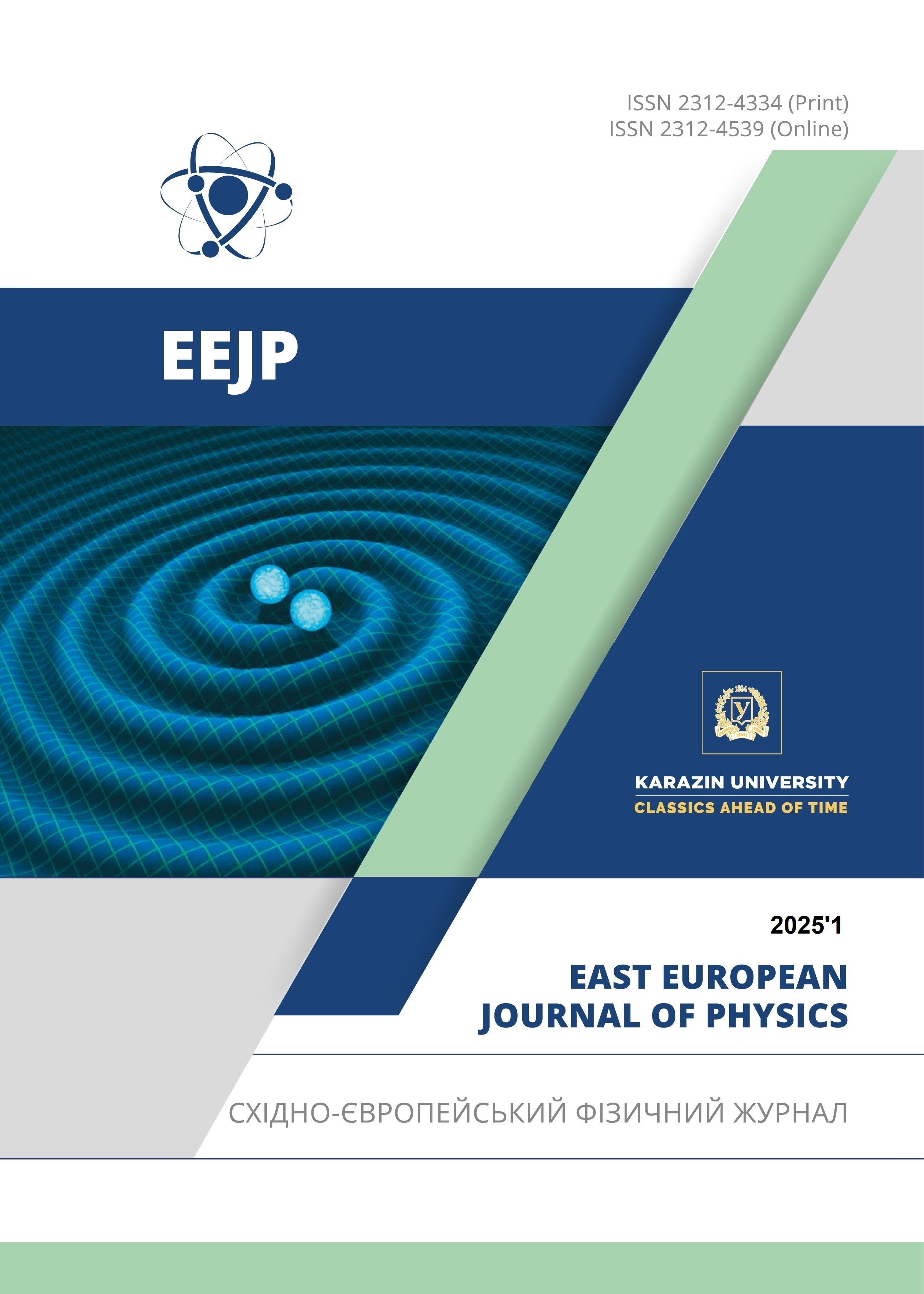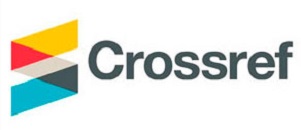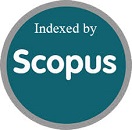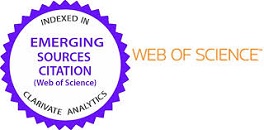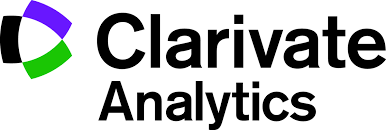Analytic Analysis of the Features of GaAs/Si Radial Heterojunctions: Influence of Temperature and Concentration
Abstract
In this article, we analytically study the electrophysical features of the p-Si/n-GaAs radial heterojunction (RHJ) over a temperature range of 50 K to 500 K, in increments of 50 K while considering various doping concentrations. The analysis encompasses band gap narrowing (BGN), the differences in the band gap between GaAs and Si as a function of temperature, and the built-in potential relative to temperature. In particular, we focus on core p-Si with a radius of 0.5 μm and shell n-GaAs with a radius of 1 μm within the structure. Our findings indicate that the thickness of the depletion region in the p-Si/n-GaAs (RHJ) increases with rising temperature. The band gap difference between GaAs and Si is 0.31 eV at 300 K in our model, which is in good agreement with the experimental results. Additionally, the conduction band offset ∆EC=0.04 eV and the valence band offset ∆EV=0.27eV were calculated at 300 K. When the doping concentration changes from 2∙1015 to 2∙1018 band gap narrowing (BGN) decreases by 2 meV. Additionally, the built-in potential of the p-Si/n-GaAs (RHJ) decreases by 76 mV with increasing temperature.
Downloads
References
R. Elbersen, R.M. Tiggelaar, A. Milbrat, G. Mul, H. Gardeniers, and J. Huskens, Advanced Energy Materials, 5(6), 1401745 (2014). https://doi.org/10.1002/aenm.201401745.
E. Gnani, A. Gnudi, S. Reggiani, and G. Baccarani, IEEE Trans. Electron Devices, 58(9), 2903 (2011). https://doi.org/10.1109/TED.2011.2159608.
Abdullayev, J. Sh., & Sapaev, I. B. (2024). Optimization of The Influence of Temperature on The Electrical Distribution of Structures with Radial p-n Junction Structures. East European Journal of Physics, (3), 344-349. https://doi.org/10.26565/2312-4334-2024-3-39
Abdullayev, J. Sh., Sapaev, I. B. (2024). Оптимизация влияния легирования и температуры на электрофизические характеристики p-n и p-i-n переходных структур. Eurasian Physical Technical Journal, 21(3(49), 21–28. (https://doi.org/10.31489/2024No3/21-28).
O.V. Pylypova, A.A. Evtukh, P.V. Parfenyuk, I.I. Ivanov, I.M. Korobchuk, O.O. Havryliuk, and O.Yu. Semchuk, Opto-Electronics Review, 27(2), 143 (2019). https://doi.org/10.1016/j.opelre.2019.05.003.
R. Ragi, R.V.T. da Nobrega, U.R. Duarte, and M.A. Romero, IEEE Trans. Nanotechnol. 15(4), 627 (2016). https://doi.org/10.1109/TNANO.2016.2567323.
Abdullayev, J., & Sapaev, I. B. (2024). Factors Influencing the Ideality Factor of Semiconductor p-n and p-i-n Junction Structures at Cryogenic Temperatures. East European Journal of Physics, (4), 329-333. https://doi.org/10.26565/2312-4334-2024-4-37
R.D. Trevisoli, R.T. Doria, M. de Souza, S. Das, I. Ferain, and M.A. Pavanello, IEEE Trans. Electron Devices, 59(12), 3510 (2012). https://doi.org/10.1109/TED.2012.2219055.
N.D. Akhavan, I. Ferain, P. Razavi, R. Yu, and J.-P. Colinge, Appl. Phys. Lett. 98(10), 103510 (2011). https://doi.org/10.1063/1.3559625.
A.V. Babichev, H. Zhang, P. Lavenus, F.H. Julien, A.Y. Egorov, Y.T. Lin, and M. Tchernycheva, Applied Physics Letters, 103(20), 201103 (2013). https://doi.org/10.1063/1.4829756.
D.H.K. Murthy, T. Xu, W.H. Chen, A.J. Houtepen, T.J. Savenije, L.D.A. Siebbeles, et al., Nanotechnology, 22(31), 315710 (2011). https://doi.org/10.1088/0957-4484/22/31/315710.
B. Pal, K.J. Sarkar, and P. Banerji, Solar Energy Materials and Solar Cells, 204, 110217 (2020). https://doi.org/10.1016/j.solmat.2019.110217.
Abdullayev, J. and Sapaev, I. 2024. Modeling and calibration of electrical features of p-n junctions based on Si and GaAs. Physical Sciences and Technology. 11, 3-4 (Dec. 2024), 39–48. https://doi.org/10.26577/phst2024v11i2b05.
I. Aberg, G. Vescovi, D. Asoli, U. Naseem, J.P. Gilboy, C. Sundvall, and L. Samuelson, IEEE Journal of Photovoltaics, 6(1), 185 (2016). https://doi.org/10.1109/JPHOTOV.2015.2484967.
S. C. Jain and D. J. Roulston, “A Simple Expression for Band Gap Narrowing (BGN) in Heavily Doped Si, Ge, GaAs and GexSi1 x Strained Layers,” Solid-State Electronics, vol.34, no. 5, pp. 453–465, 1991.
Copyright (c) 2025 J.Sh. Abdullayev, I.B. Sapaev

This work is licensed under a Creative Commons Attribution 4.0 International License.
Authors who publish with this journal agree to the following terms:
- Authors retain copyright and grant the journal right of first publication with the work simultaneously licensed under a Creative Commons Attribution License that allows others to share the work with an acknowledgment of the work's authorship and initial publication in this journal.
- Authors are able to enter into separate, additional contractual arrangements for the non-exclusive distribution of the journal's published version of the work (e.g., post it to an institutional repository or publish it in a book), with an acknowledgment of its initial publication in this journal.
- Authors are permitted and encouraged to post their work online (e.g., in institutional repositories or on their website) prior to and during the submission process, as it can lead to productive exchanges, as well as earlier and greater citation of published work (See The Effect of Open Access).
